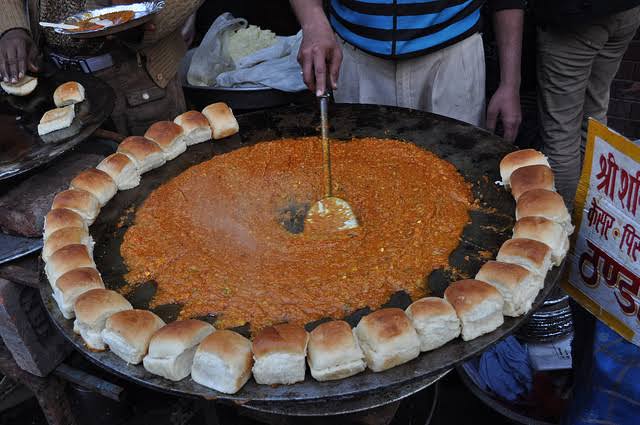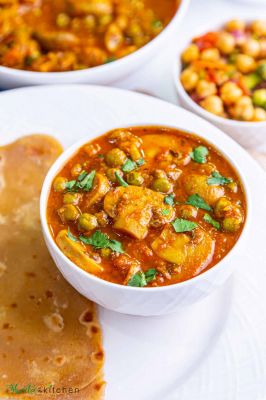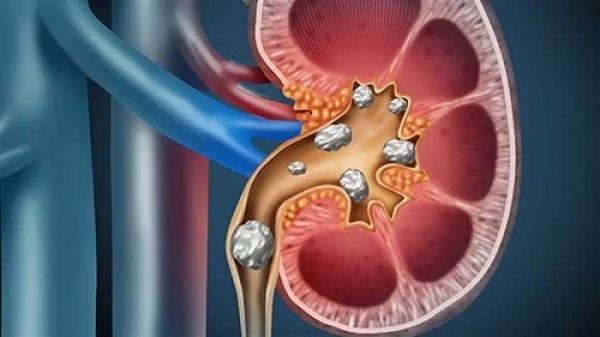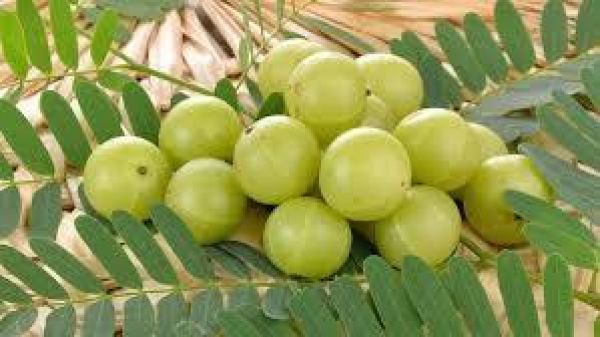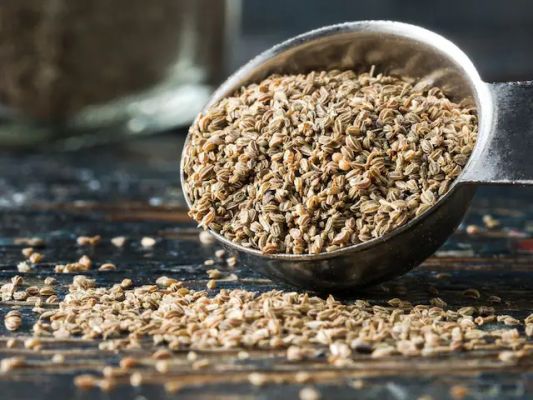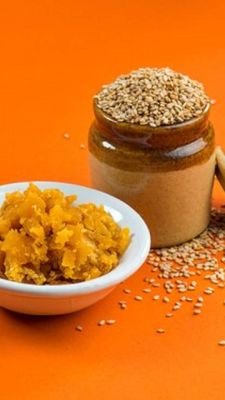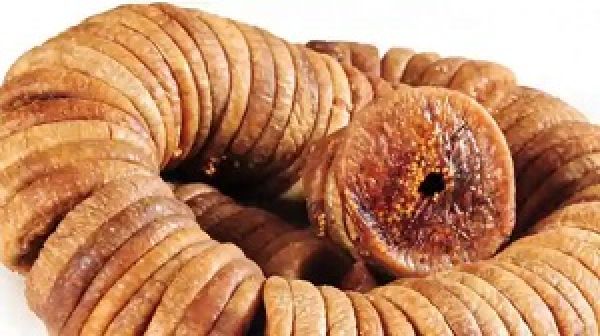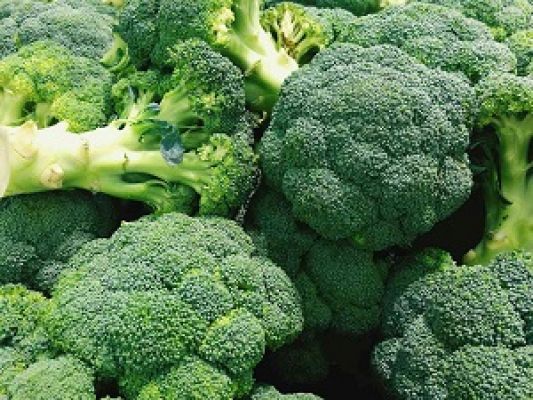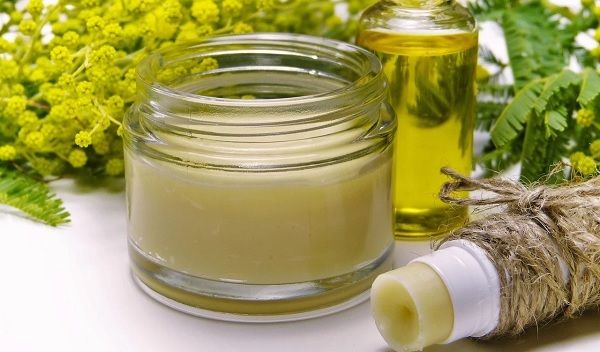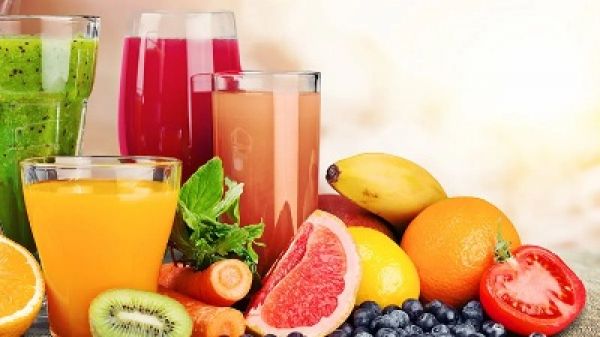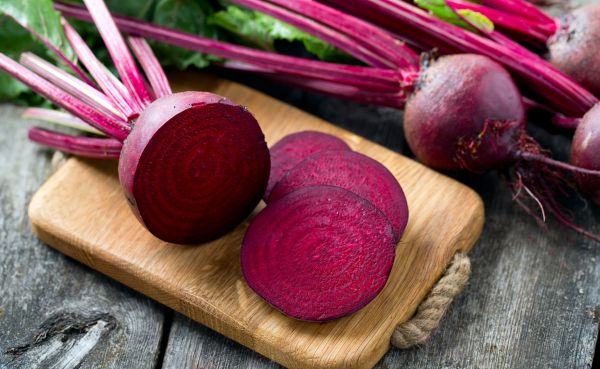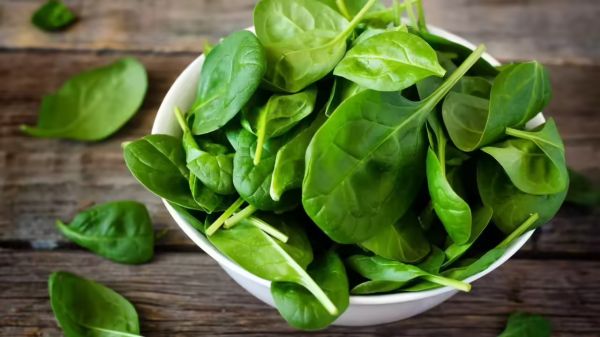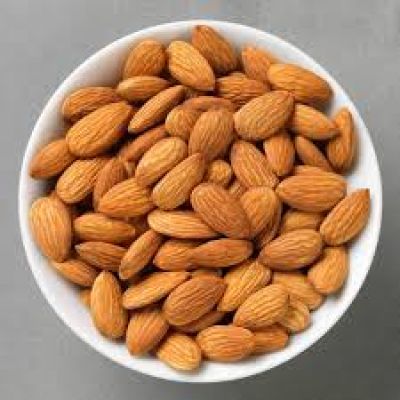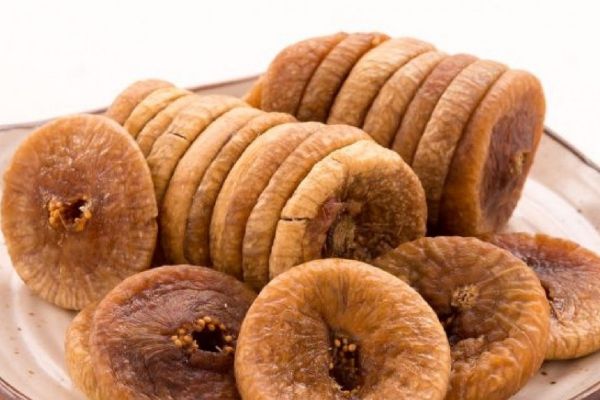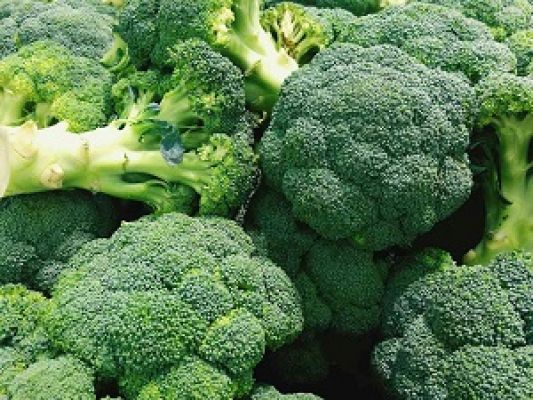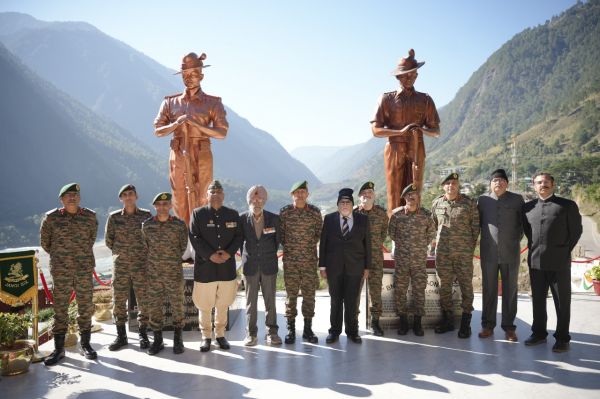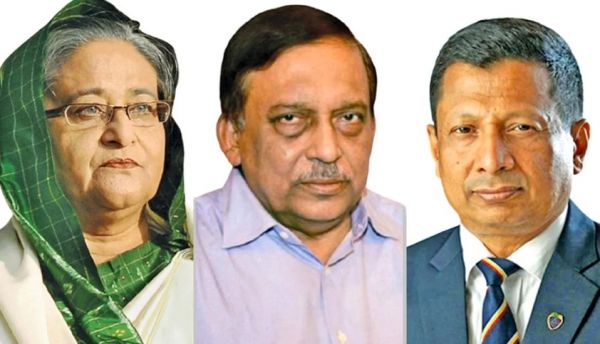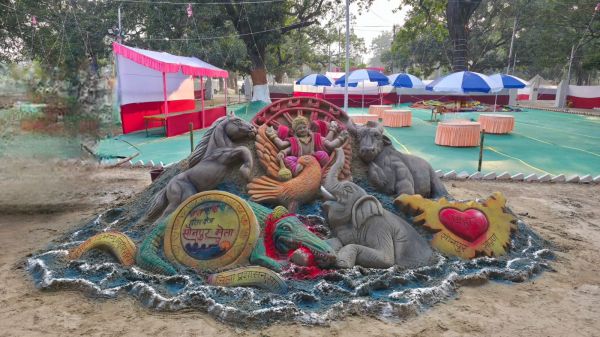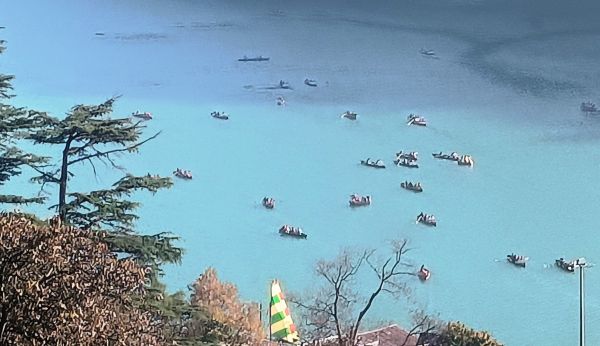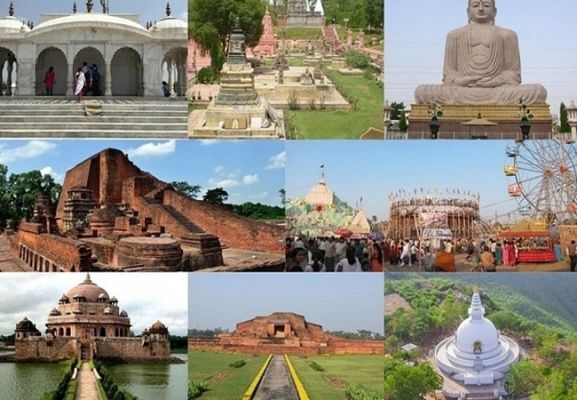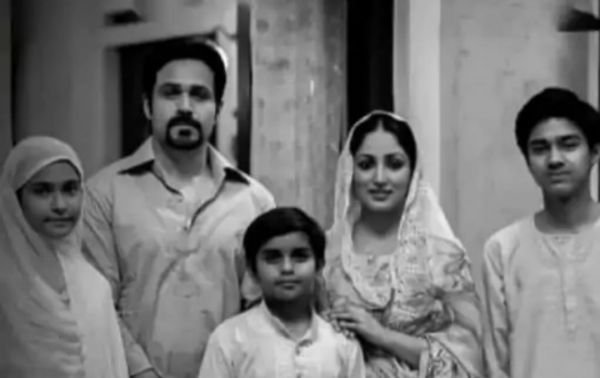The expression “Indian food” always invokes a riot of flavours arising out of the incredible diversity of the country’s landscape, climate and cultures. The culinary culture of Maharashtra can be best explained from a similar perspective. The landscape of this state presents a patchwork of food habits ranging from the briny flavours of the coastal areas to the rustic flavours of the inner mainland. Apart from certain signature dishes that have found a place in restaurant menus throughout the country (such as Vada Pav and Pav Bhaji), traditional Maharashtrian food is relatively unknown beyond the confines of the state. Maharashtrian cuisine is one of the most wholesome and underrated cuisines of the Indian subcontinent.
Let us proceed by elaborating further upon the regional diversities of Maharashtra. The territory of Maharashtra can be divided into the following regional formations: Konkan, Desh, Khandesh, Marathwada and Vidarbha. The climatic and cultural peculiarities of every region are reflected in the ingredients and tenor of its food. The Konkan region is the coastal belt of Maharashtra and comprises primarily of the districts and cities of Raigad, Sindhudurg, Ratnagiri, Mumbai and Thane. As is true for most coastal areas, rice and fish are the staples of this region. A specialty of this cuisine is saltwater fishes dipped in a variety of sour-sweet gravies that pair beautifully with steamed rice. Konkani cuisine itself is quite diverse and includes several-sub cuisines such as Malvani and Saraswat Brahmin. Moving inwards from Konkan, one reaches the region known as Desh that includes the main districts of Pune, Satara and Kolhapur. This region historically formed the centre of the Maratha empire. The spicy Kolhapuri cuisine of this region offers a peek into the eating habits of the royals.
Towards the north of Desh is the Khandesh region comprising chiefly of the districts of Nashik, Jalgaon and Ahmednagar. The food of this region reflects culinary influences from neighbouring states such as Rajasthan and Gujarat. For example, items such as Dal Baati(Rajasthan) and Shev (Gujarat) find a place in the menu of the region. As the area is often visited by drought, hardy crops such as jowar and bajra thrive here. Moving further inland, one comes across the sun-kissed land of Marathwada. This is a hot and arid region where the custom of sun-drying vegetables is quite common. This region includes the districts of Nanded, Beed, Latur, Jalna, Aurangabad and the surrounding areas. To the north of Marathwada lies the Vidarbha region which forms the north-eastern boundary of the state of Maharashtra. This region which includes the districts of Nagpur, Amravati, Chandrapur, Akola and Bhandara, is rich in forest and mineral resources. Although a part of the Maharashtra state, this region has a distinct culture assimilating influences from the neighbouring states of Madhya Pradesh, Chattisgarh and Telangana. Crops such as jowar, bajra and toor form the staples of the region. A specialised culinary tradition of this region is the Saoji which also bears the influence of Gujarati and Marwari cuisines.
However, it is similarities rather than differences that impart the Maharashtrian cuisine a distinct flavour of its own. In Marathi culture, food is considered equivalent to God – “anna he poornabrahma.” A typical Maharashtrian Phodni or tempering (using ghee and select spices) is bound to tantalize the olfactory senses of a Marathi Manus irrespective of regional affiliation. Food, in this culinary culture, is mostly sautéed, stir-fried or slow-cooked under pressure. Fish is shallow-fried and meats stewed until succulent. Vaafavneor steaming is a technique used frequently before items are fried. Cereals such as jowar and bajra, and pulses like toor and Bengal gram are the staples throughout the state, except for the coastal areas where rice is more prevalent. Another defining characteristic of Maharashtrian cuisine is a distinct sweet and sour flavour. Traditionally, jaggery or puran is the favoured sweetener, although sugar is used in equal measure nowadays. A tropical fruit called kokum is used as a souring agent (primarily in the coastal regions) for dishes and imparts a unique pink or purple colour to the food. Another commonly used souring agent is tamarind. A ubiquitous ingredient is coconut, used either in fresh or dried/ powdered form. Peanuts too are added to a wide variety of dishes and form the base for various delectable chutneys. Peanut oil is also used for cooking in the region. The traditional way of setting a platter is known as Taat Vadhany in which all the dishes and accompaniments of a thali (platter) are arranged in a particular order. While salt is placed at the top-centre of the Taat (plate), the dessert occupies the left side of the base. To the left of the salt are served accompaniments to the main meal such as a lemon wedge, chatni, salad etc., and to its right are served the vegetables and the main course or curry, followed by papad and bhakris. Rice is always served in an evenly shaped mound, garnished with ghee.
One of the most beloved and homely dishes of the state is Amti- a Maharashtrian rendering of the common daal. This variety of daal is made out of toor. The use of kokum or tamarind, coconut and jaggery provide this dish with its characteristic sweet, tangy and spicy flavour. However, the most important ingredient is the Goda masala - a unique blend of spices including cumin, cinnamon, pepper, coriander, ajwain, cloves and sesame (to name a few). Another popular dish, which is as much a part of the regular household menu as of feasts and special occasions, is Bharli Vangi. The dish is prepared by stuffing raw eggplant with a lip-smacking mixture of coconut, peanuts, Goda masala, tamarind and onions. The stuffed eggplants are cooked until they absorb the flavour of the spices and attain a soft texture. The dish is best enjoyed with bhakris or flatbreads made (most commonly) out of jowar, bajra and (sometimes) wheat.




